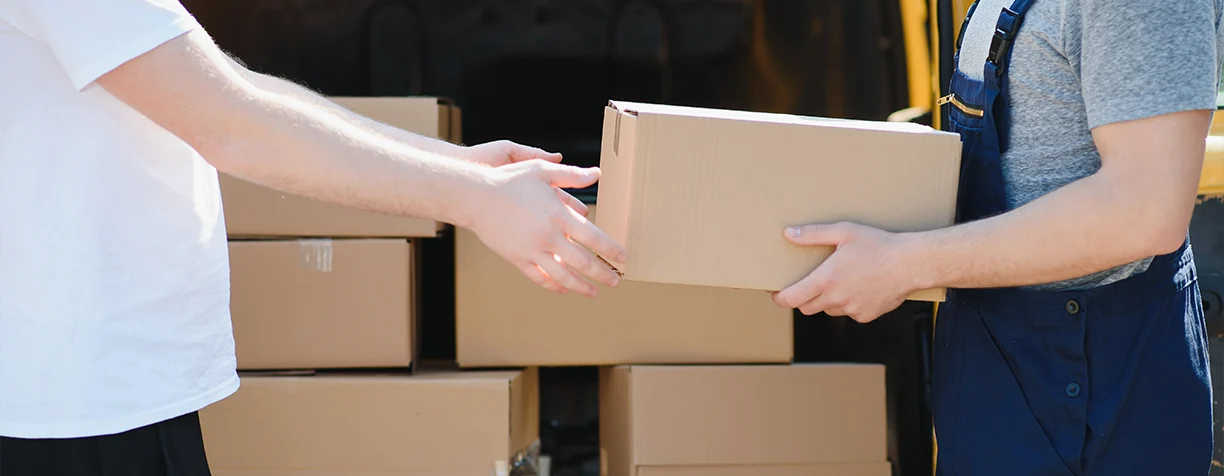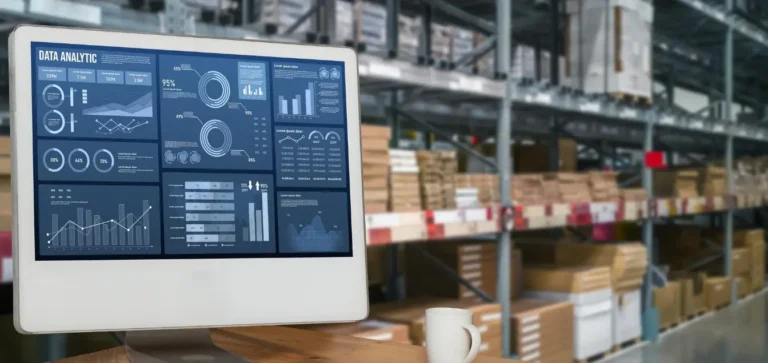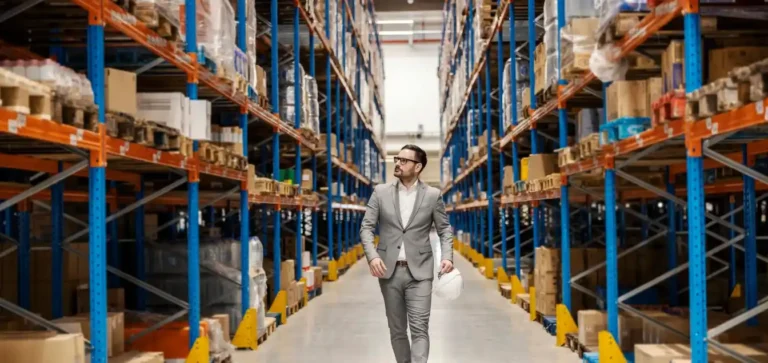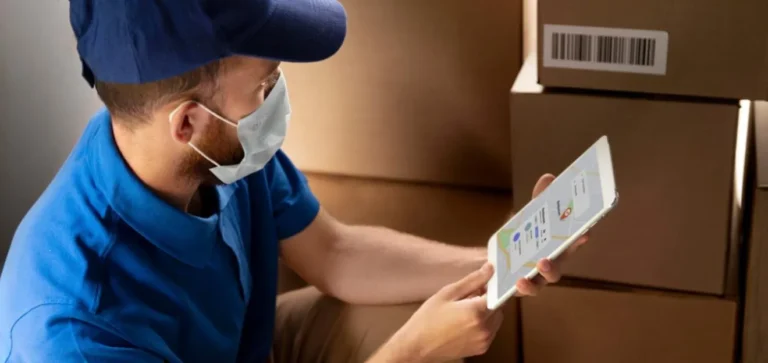Reducing last-mile delivery costs is essential in creating a world where every online purchase arrives at your doorstep not just with speed but with unprecedented cost efficiency. In the bustling realm of e-commerce, where customer satisfaction and competitive pricing walk hand-in-hand, the final leg of delivery—known as the last mile—holds the key to this ideal scenario. Yet, this crucial phase is notoriously the most expensive part of the logistics chain, representing a significant challenge for businesses aiming to stay profitable while delighting their customers.
Cost-effective last mile strategies for reducing final-mile delivery costs aren’t just logistical goals; they are vital to transforming the entire landscape of online shopping, making it faster, cheaper, and more accessible to a global audience. In this article, we explore innovative strategies that businesses can employ to navigate and optimize this complex yet critical delivery stage.
Table of Contents
What is Last Mile Delivery?
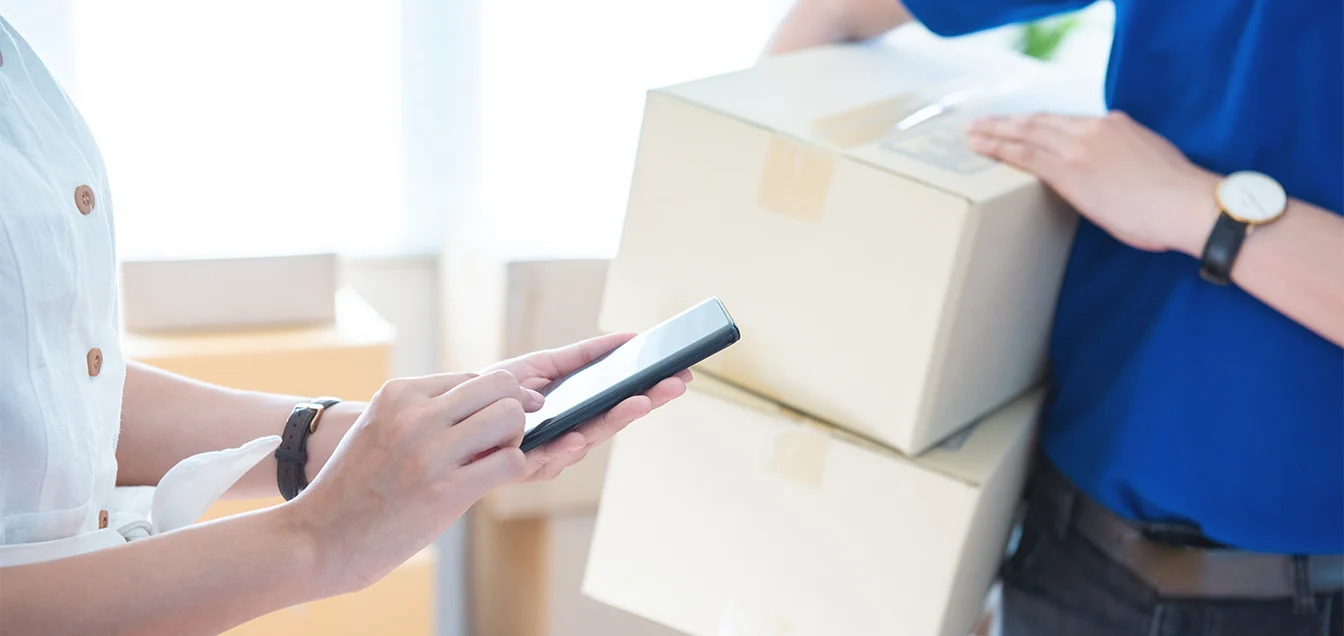
Last mile delivery is the final step in the delivery process, the point at which goods are transferred from a transportation hub to the customer’s doorstep. It is a pivotal phase in logistics that directly affects customer satisfaction due to its direct interaction with the customer. Despite its importance, last mile delivery is notoriously costly, primarily because it involves intensive labor and operational inputs to complete deliveries within stringent timeframes.
How Last-Mile Delivery Works
Understanding how last-mile delivery works is essential for identifying effective strategies for reducing last-mile delivery costs. The process typically begins when an item is dispatched from a local warehouse or distribution center to its final destination. It involves a complex network of dispatchers, drivers, and customers, all of whom must synchronize to ensure timely and accurate delivery. Delays or errors in this phase can lead to increased costs due to package redelivery or returns.
How to Reduce Final-Mile Delivery Costs

One of the most direct methods to reduce final-mile delivery costs is through the adoption of advanced route optimization software. This technology enhances efficiency by analyzing multiple factors such as traffic conditions, weather patterns, and delivery windows to suggest the most efficient routes. Additionally, diversifying the mix of transportation methods and effectively integrating last mile carriers can significantly reduce operational costs while boosting delivery speed and reliability.
Another tactic involves the strategic placement of distribution centers closer to customer concentrations. This proximity reduces travel distances and can significantly lower fuel and maintenance costs for delivery vehicles. Moreover, employing local delivery resources or gig economy workers can provide flexible, cost-effective delivery solutions during peak demand periods without the need for permanent fleet expansion.
Optimize Last-Mile Delivery Efficiency
Optimizing last-mile delivery efficiency encompasses a variety of approaches. Utilizing predictive analytics to anticipate delivery volumes and manage resource allocation can preemptively address potential bottlenecks. Effective communication tools that keep customers informed about their delivery status can also enhance efficiency by reducing failed delivery attempts and improving first-time delivery success rates.
Investing in customer service and support infrastructure is equally important. A well-informed customer service team can swiftly address issues that might arise during the delivery process, thus preventing costly follow-ups and ensuring a smoother delivery experience.
Strategies for Success in Final Mile Delivery
Successful final mile delivery strategies often include the use of alternative delivery points, such as secure lockers or partnered retail outlets, which can reduce the logistical burden of door-to-door deliveries. These points allow customers to pick up their packages at their convenience, which not only lowers delivery costs but also adds an element of flexibility for the customer.
In regions like Canada, leveraging third-party logistics (3PL) providers specializing in last-mile logistics, such as 3PL Logistics Canada, can help businesses expand their reach without substantial upfront investments in infrastructure or fleet.
Choose the Right Delivery Partner for Your Furniture Delivery

When it comes to bulky items like furniture, choosing the right delivery partner is critical. A reliable partner should have a robust delivery network capable of handling large items, advanced tracking systems to ensure the traceability of deliveries, and excellent customer service to handle any inquiries or issues that arise. This choice can significantly affect customer satisfaction and influence the cost-efficiency of the delivery process.
Conclusion
Effectively reducing last-mile delivery costs requires a comprehensive strategy that encompasses technology integration, efficient logistical operations, and an understanding of the nuances of last-mile challenges. By adopting cost-effective final mile strategies, businesses can ensure profitability while enhancing customer satisfaction. The key to success lies in the ability to balance cost reduction with service quality, ensuring that deliveries are not only economical but also meet or exceed customer expectations.
For further insights into optimizing your logistics operations, consider exploring detailed industry analyses and case studies available on logistics websites. By addressing each facet of the last-mile delivery process with a strategic approach, businesses can achieve smoother, more cost-effective operations that cater to the evolving demands of today’s consumers.
FAQ
Q: How can leveraging technology reduce last-mile delivery costs?
A: Technology can simplify routing decisions, optimize delivery schedules, manage fleet operations efficiently, and enhance customer communications, thereby reducing operational costs and improving service quality.
Q: What role do consumers play in the efficiency of last-mile delivery?
A: Consumer actions can significantly influence last-mile efficiency. Providing precise and comprehensive delivery information and being present to receive packages can minimize the likelihood of failed deliveries, which are costly and time-consuming to redress.
Q: Are there eco-friendly strategies that also reduce last-mile delivery costs?
A: Yes, implementing eco-friendly strategies like using electric or hybrid delivery vehicles and optimizing delivery routes to minimize driving distances can lower fuel costs and reduce environmental impact.

